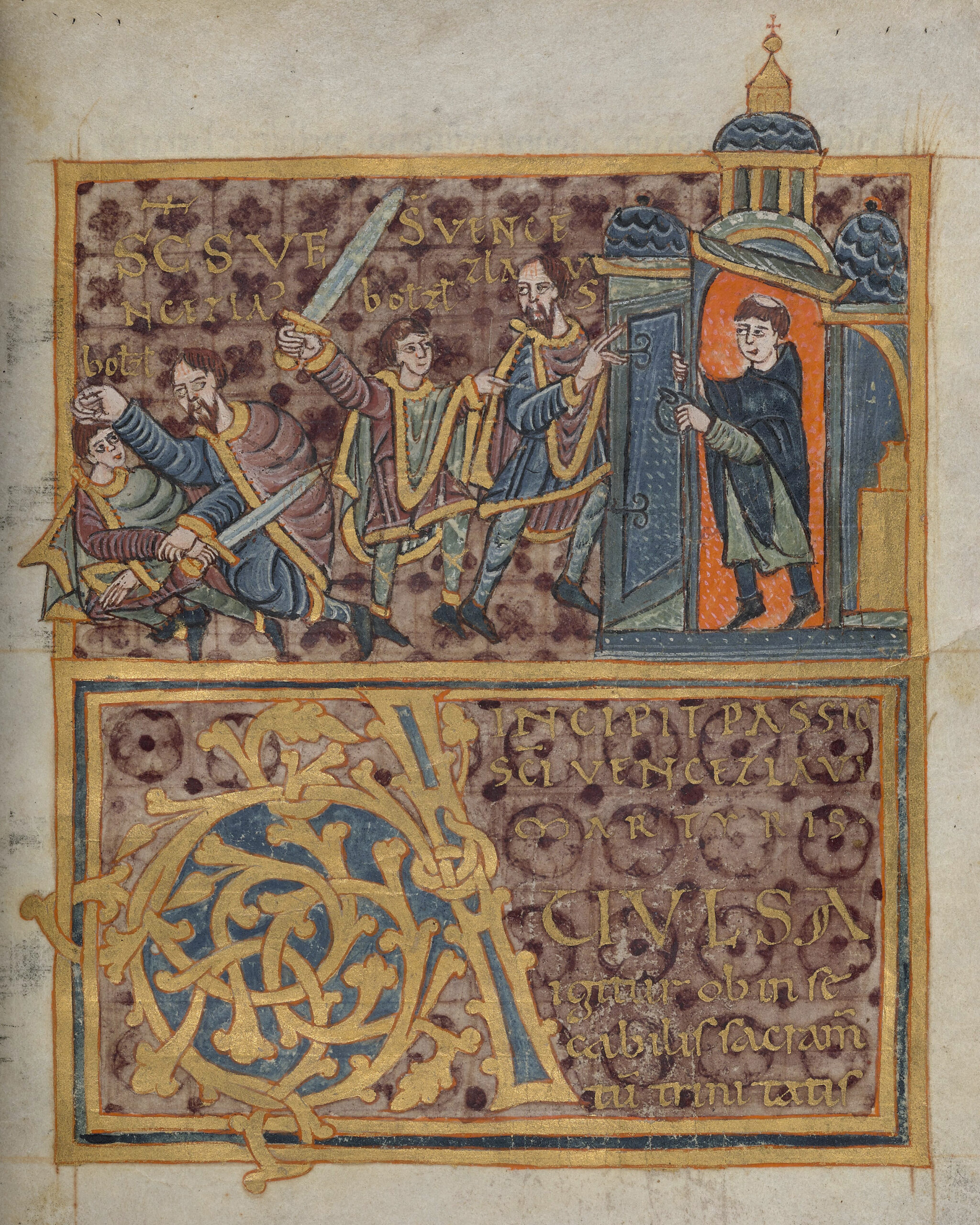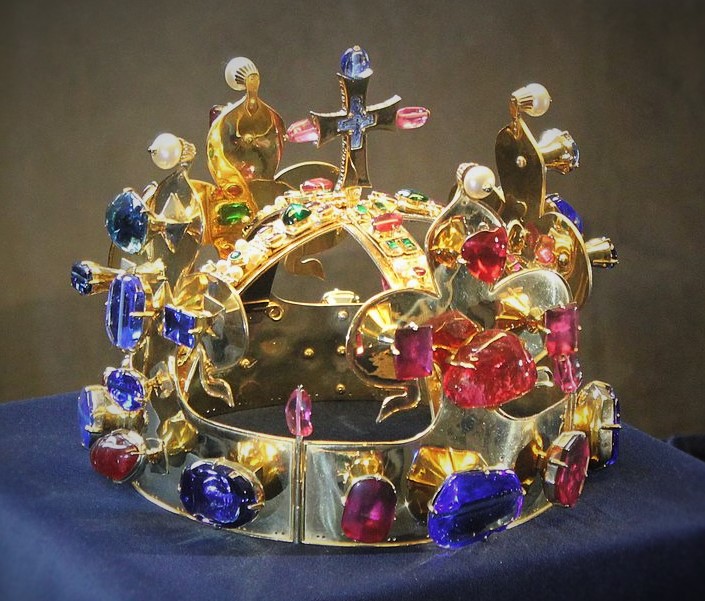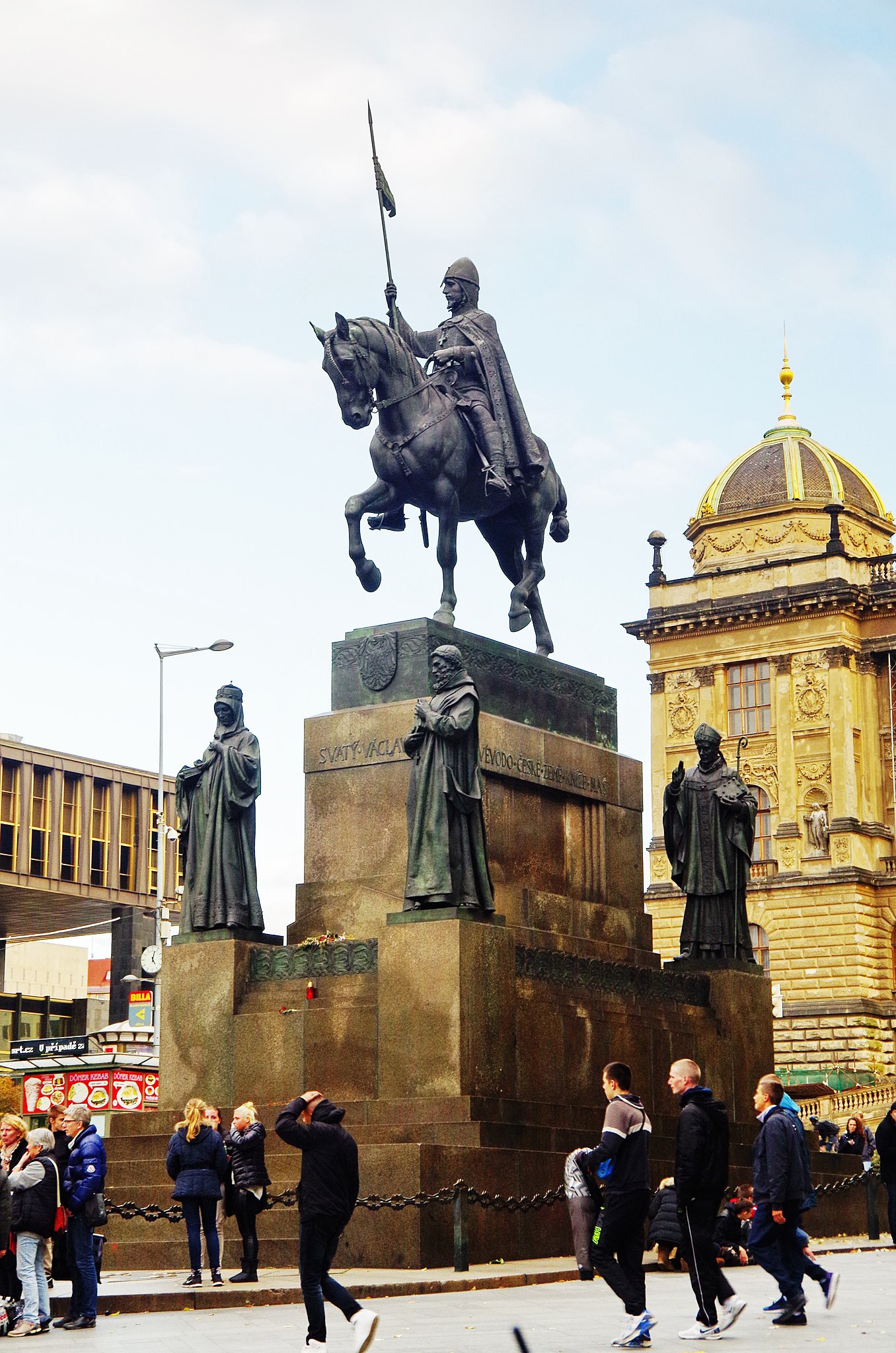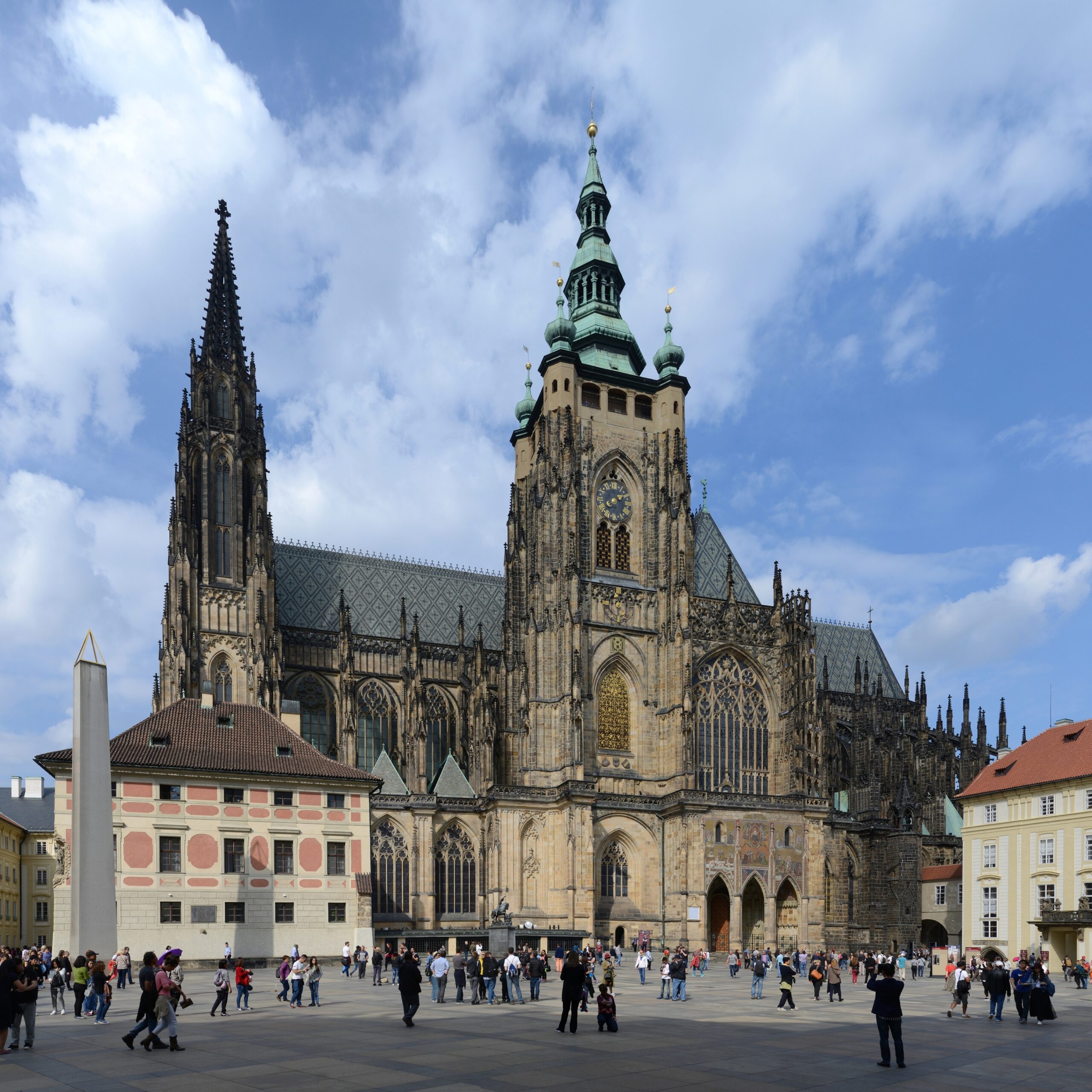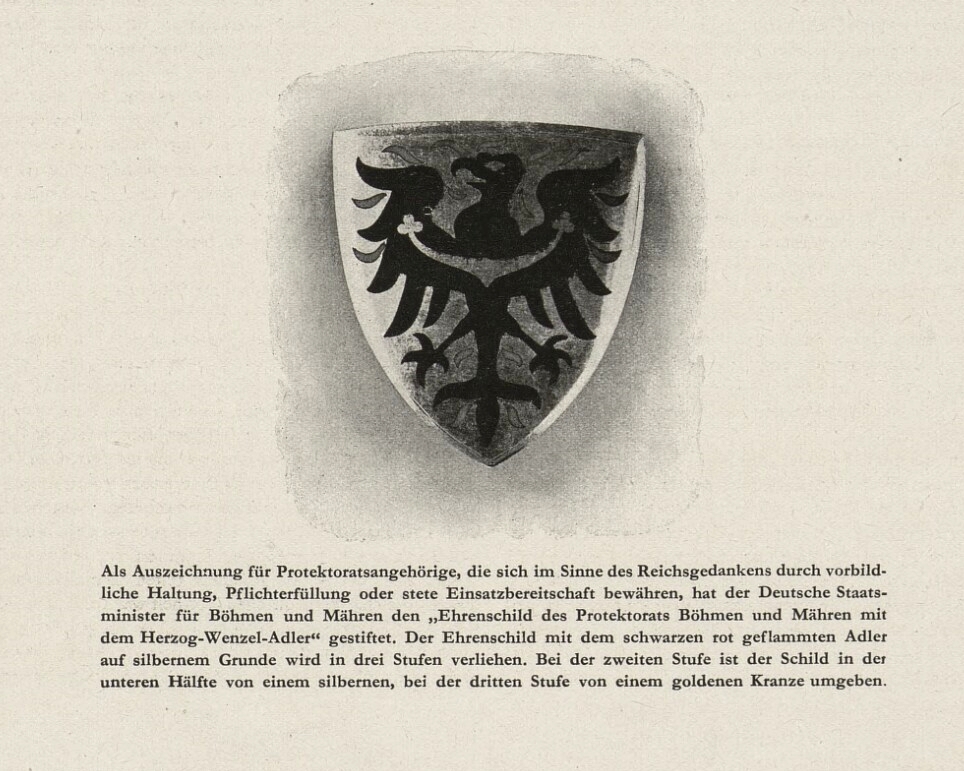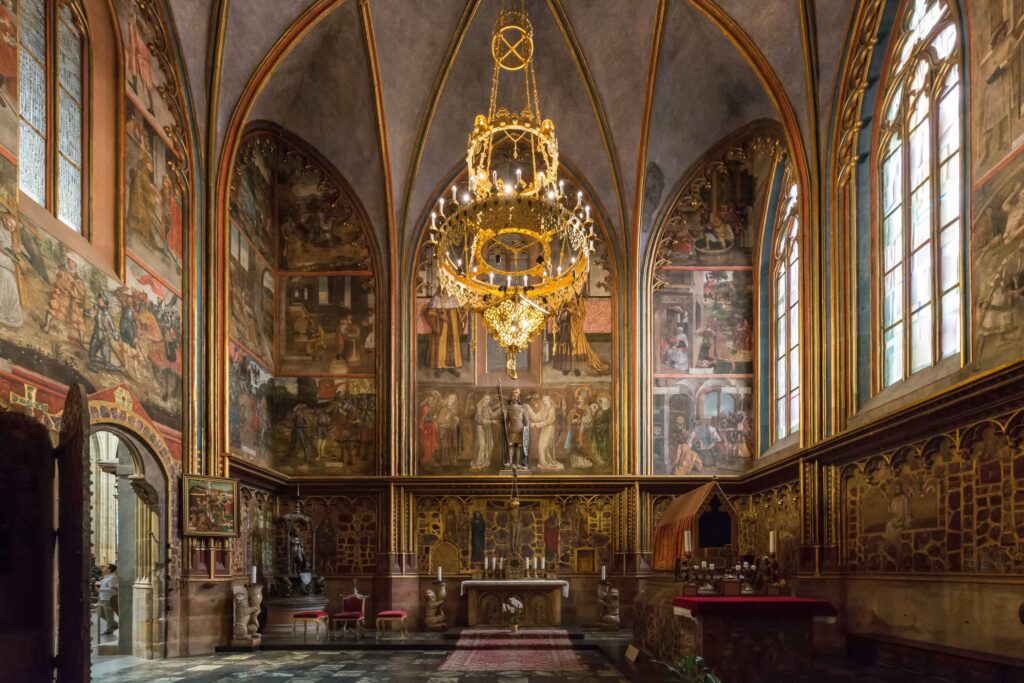
Patrons of the Czech Lands – Prague Castle – Cathedral
Czech figure of the „The patrons and guardians of the land” topic
Although the pantheon of Czech patrons includes seventeen figures and cults, only Saint Wenceslas, who has been considered the protector and heavenly advocate of the Czechs, has consistently enjoyed perpetual veneration. The Saint’s feast day, September 28, was commemorated in such spontaneous fashion that the Church had to refute the belief that Saint Wenceslas was the patron of drunkards. The cult of Saint Wenceslas survived the convulsions of the Hussite era and the Reformation unscathed, was cherished by the piety of the Baroque, and the Wenceslas Millenium, an event pragmatically fused with the 10th anniversary of the founding of Czechoslovakia, was opulently commemorated also by the political elite of the First Republic.
Since the mid–11th century, Saint Adalbert, the second Bishop of Prague who was martyred in Prussia in 997, was elevated alongside Saint Wenceslas. His remains were acquired by the Polish duke Bolesław the Brave, who in the year 1000 convinced Emperor Otto III to declare Adalbert the patron of newly established Archdiocese of Gniezno, the first ecclesiastical metropolis of the Slavic world. Under the reign of King Stephen, thus before 1039, Adalbert also became the patron saint of Hungary and only afterwards was his importance fully appreciated in Bohemia. In 1039, the Czech Duke Bretislaus I seized Gniezno and had Adalbert’s remains transferred to Prague Castle to support his bid for an archbishopric in Bohemia. Nonetheless, his plan faced opposition from the Holy See, and despite the prominent place that Adalbert occupies in the extraordinarily popular Chronicle of the Czechs written by Cosmas at the beginning of the 12th century, the cult of Saint Adalbert never achieved the same standard as the veneration of Saint Wenceslas.
The veneration of Saint Wenceslas may be cautiously compared to the cult of Saint John of Nepomuk, though his popularity was rather short-term, peaking in the late Baroque. In Moravia, the legacy of Saints Cyril and Methodius is also regularly commemorated. Though they were revered in the late Middle Ages, they did not achieve true renown until the millennial celebrations and pilgrimages to Velehrad in 1863 and 1885.
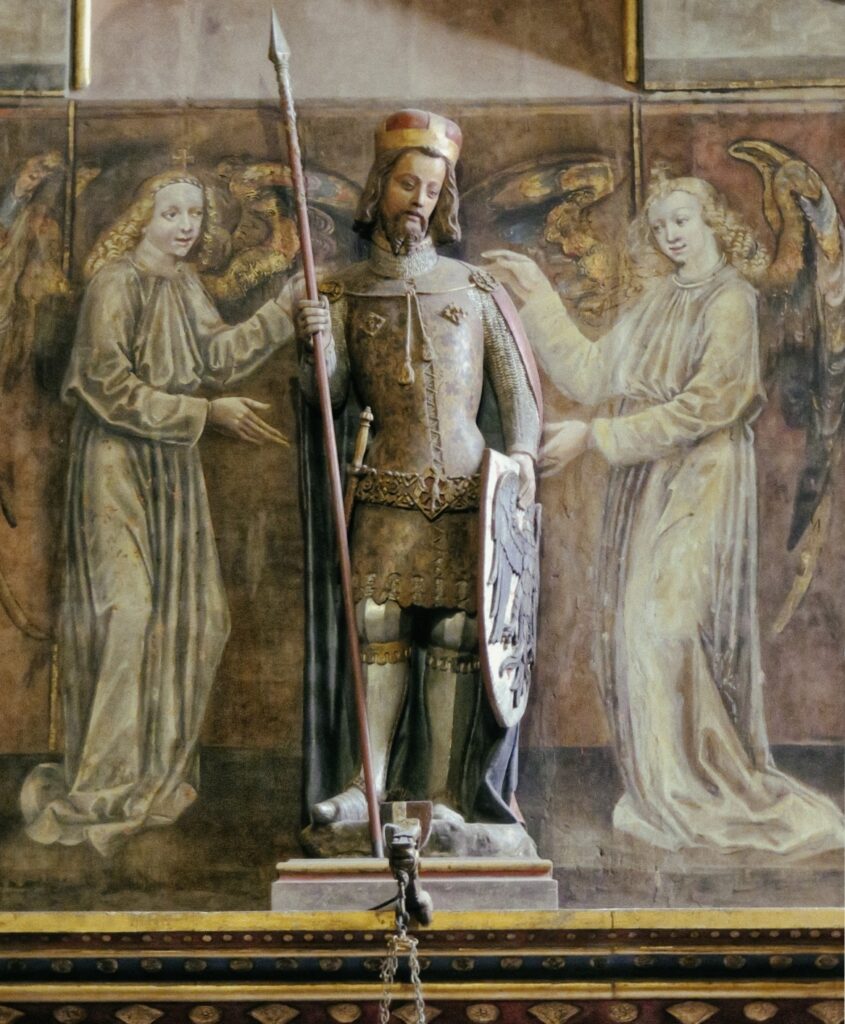
Facts


